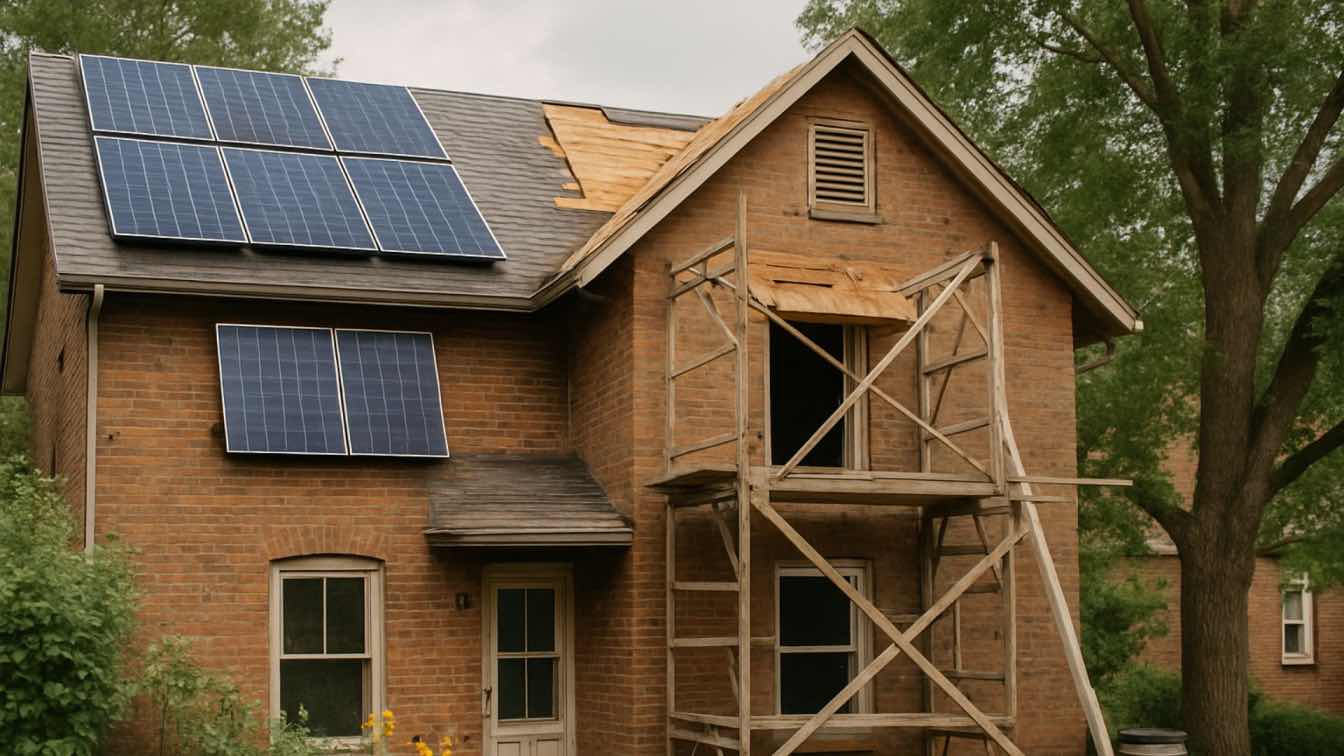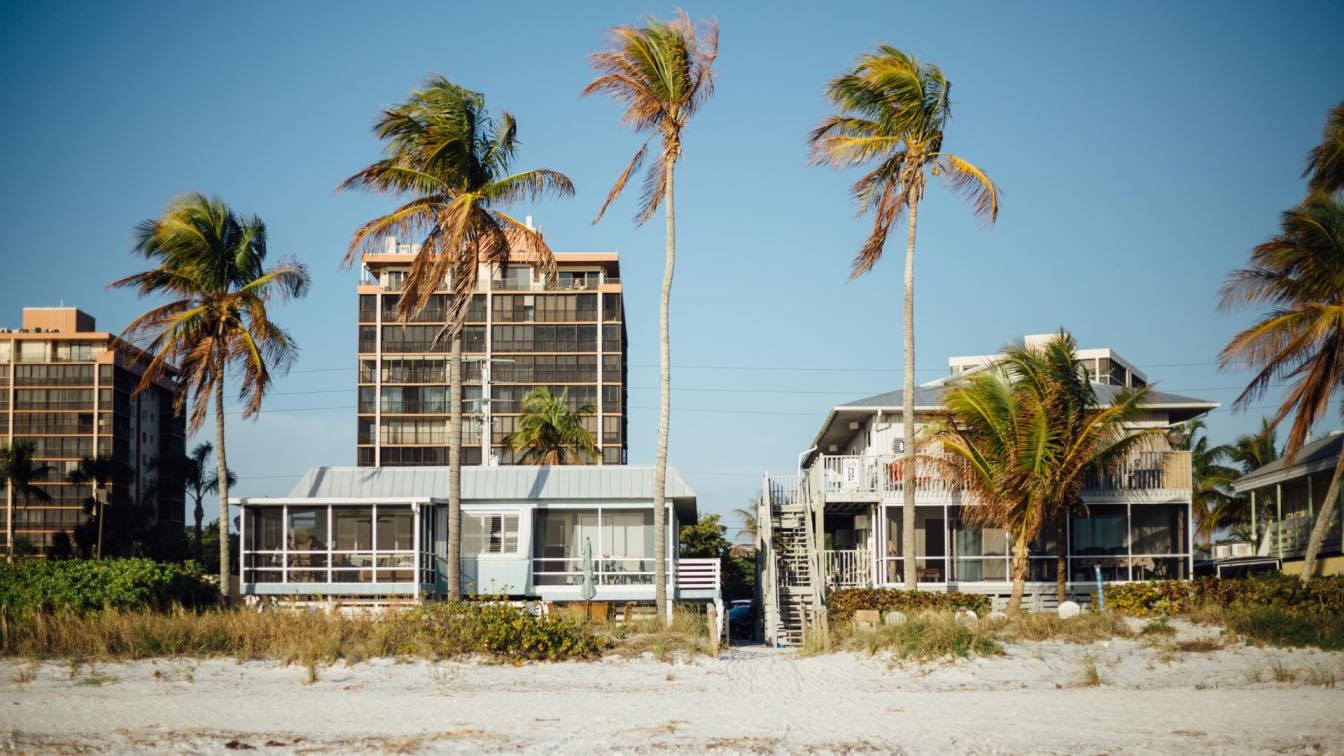Restoring an older home—a journey that easily leads to unnecessary waste, higher energy costs, and long-term inefficiency. To actually succeed, you need to think in the direction of both accessible and cost-effective sustainability. Eco-conscious thinking in the restoration process helps retain the integrity of the original structure of a house all while improving its impact on the environment.
Enhance your home's livability and value. Reduce your carbon footprint, save on utilities, and contribute to an irrepressible community. You shouldn’t compromise style or convenience—create a home that works better for both you and the community.
Photo by Yury Gargay on Pexels
Salvage and Reuse Materials
Older homes—as per construction standards from the past—often contain quality hardwood floors, bricks, trim, and cabinetry—all worthy of getting refurbished instead of replaced.
Make the most out of the available materials to preserve your home's unique charm while steering away from the environmental costs of manufacturing and transporting new items.
1. Refinishing existing floors is typically more sustainable than installing new ones.
2. Reclaimed wood also adds authenticity and avoids the environmental toll of new lumber.
3. Light fixtures and hardware can often be rewired or polished to maintain character without buying new.
4. Even old radiators, sinks, and doors can be functional showpieces if cleaned and maintained properly.
Shop Architectural Salvage Yards
Gold mines for all-things-vintage. You can find incredible doors, moldings, and sinks—all of which could potentially perfectly match your home's style and reduce how much you rely on new materials.
Oftentimes, this is the only way to get to one-of-a-kind items that actually add character to your home and avoid the cookie-cutter feel of mass-produced components.
Deconstruct, Don’t Demolish
Don’t tear out entire sections of your home—deconstruct them piece by piece.
Remove cabinetry, trim, and even framing to reuse much of the original material—or donate it to someone who will.
Although it takes more time, it’ll pay off in both financial savings and environmental benefit. Keep a list of what you remove—find new uses for these pieces in other parts of your renovation.
Manage Waste Responsibly
Renovations generate a surprising amount of waste—responsible disposal practices and recycling options reduce your environmental impact and may save money in disposal fees.
Setting up a waste strategy before you begin offsets a cleaner, more organized worksite and simplifies the process when you rely on fully managed waste services that handle collection, sorting, and disposal for you and prevents contamination of recyclable materials.
Rent a Proper Dumpster for Recycling
Look for a dumpster rental service that sorts for recycling. Many construction materials—like concrete, wood, and metal—can be recycled instead of dumped in landfills.
Ask the company in advance what types of materials they accept and how they handle sorting. Some services also offer separate bins for hazardous materials, which leads to proper handling and avoids environmental damage.
Donate Usable Items
Donate appliances, cabinetry, and doors to organizations like Habitat for Humanity—this keeps items out of landfills and enables an exchange of resources with those tackling similar projects. You may even qualify for a tax deduction by donating, making it a win-win for your budget and the community.
Plan for Debris Separation
Keep bins or tarps onsite to separate recyclables from landfill waste during demolition. Label clearly to avoid mixing, and educate any hired help on the disposal plan. Stay in contact with your waste hauler to schedule pickups at the right time and avoid pileups that disrupt your workflow.
Improve Energy Efficiency
Making an older home energy-efficient is one of the most valuable upgrades you can make. These improvements reduce environmental impact, cut monthly costs and increase comfort. By focusing on insulation, smarter heating and cooling, and high-efficiency appliances, you can drastically transform how your home performs.
Upgrade Windows Strategically
Replace the old windows with double-pane or triple-pane windows with low-E coatings if they are in bad shape. Storm windows often bring comparable advantages to the originals without having to be replaced, maintaining architectural character while enhancing insulation.
Try to keep your choice of wood-framed solutions from sustainable sources. And, use weather stripping or caulking to seal any gaps.
Seal and Insulate Thoroughly
Focus on sealing air leaks around doors, attics, and crawl spaces—eco-friendly insulation materials such as cellulose or recycled denim are excellent in filling gaps in walls and ceilings.
Proper sealing equals less heating and cooling loss throughout the year. Foam gaskets behind outlet covers and reflective barriers in attics are easy and affordable additions.
Install Smart Home Controls
Smart thermostats, motion-sensitive lighting, and energy monitors give you control over your home’s energy usage.
These devices learn your patterns and optimize energy consumption in real time, reducing waste without you needing to think about it—many now integrate with mobile apps and voice assistants. This lets you have seamless control and make adjustments on the go.
Choose Low-Impact Materials
Low-VOC paints, natural flooring, and recycled materials. These all help you achieve healthier indoor air and a reduced environmental footprint.
- Use paints, stains, and adhesives with low-VOC or zero-VOC markings to minimize harmful off-gassing.
These products improve indoor air quality, especially important in tighter, better-insulated homes. The best part? They also protect sensitive individuals, including children and pets, from respiratory irritants.
Prioritize Sustainable Flooring
Consider cork, bamboo, reclaimed hardwood, or natural linoleum. These options renew quickly or reuse existing resources, avoiding synthetic or petroleum-based materials. Many of these floors are also naturally antimicrobial and extremely durable, which means they’ll last longer without replacement.
Source Materials Locally
Whenever possible, go for regional suppliers and manufacturers—local sourcing minimizes transportation emissions and has a positive impact on community businesses.
What you’ll get? Better product support and shorter lead times, which keeps your renovation on track.
Conclusion
Restoring an older home with sustainability in mind is now the smarter, more responsible standard. Every stride during a renovation process forms your home’s future performance, comfort, and environmental impact.
Reuse, remain well-calculated with upgrades, and oversee how thoughtful your waste management is. Doing so, you’ll contribute to a more sustainable way of living.
The best part? You don’t need to settle for less in regards to style, comfort, or function to achieve these goals. With up-to-date eco-friendly materials, smarter technology, and advanced waste solutions, restoring with purpose can bring that noteworthy charm you love and the efficiency your home—and the planet—deserve.





